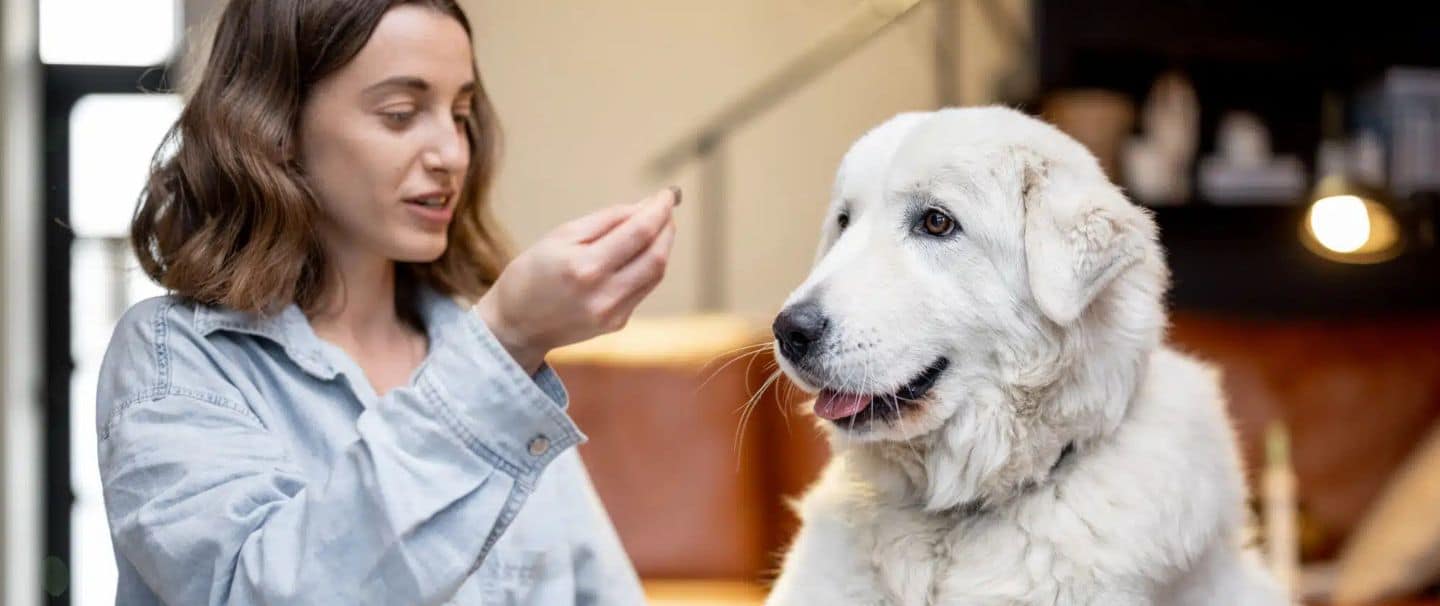- Your cart is empty
- Continue Shopping
Top 10 Tips for Training Your Puppy at Home

Training a puppy can be one of the most rewarding experiences for pet owners, but it takes time, consistency, and the correct approach. A well taught puppy develops into a happy, well-behaved dog, making life easier for both of you. Whether you’re a first-time pet parent or simply need a refresher, here are the top 10 suggestions for training your puppy at home:
1. Start Early
The earlier you begin training, the better. Puppies are most receptive to learning between 7 to 16 weeks of age. Use this critical period to establish good habits and routines.
2. Be Consistent
Consistency is key in puppy training. Use the same commands, tone of voice, and gestures for specific behaviors. For example, if you’re teaching “sit,” always use the same word and hand signal.
3. Keep Training Sessions Short
Puppies have short attention spans, so keep training sessions to 5-10 minutes. Several short sessions a day are more effective than one long session.
4. Use Positive Reinforcement
Reward your puppy with treats, praise, or playtime for good behavior. Positive reinforcement helps your puppy associate actions with rewards, making them more likely to repeat the desired behavior.
5. Focus on Basic Commands First
Start with essential commands like:
- Sit
- Stay
- Come
- Down
Mastering these basics will make advanced training easier and ensure safety in various situations.
6. Socialize Your Puppy
Expose your puppy to different people, environments, and other animals. Socialization helps reduce fear and anxiety, making them more adaptable and confident.
7. Avoid Punishment
Avoid yelling, hitting, or harsh corrections. These can lead to fear, aggression, and mistrust. Instead, redirect unwanted behavior and reward positive actions.
8. Practice Crate Training
A crate can be a safe and comforting space for your puppy. Introduce the crate gradually, making it a positive experience with treats and toys. Crate training also helps with potty training and prevents destructive behavior when you’re not around.
9. Be Patient
Puppies will make mistakes—it’s part of the learning process. Stay patient and consistent, and don’t expect perfection overnight. Celebrate small victories and progress.
10. Make It Fun!
Training should be enjoyable for both you and your puppy. Incorporate play, toys, and enthusiasm into the process. A happy puppy is more eager to learn and respond.
Bonus Tip: Seek Professional Guidance If Needed
If you’re struggling with specific behaviors or need extra help, consider working with a professional trainer. They can provide personalized advice tailored to your puppy’s needs.
Final Thoughts
Training your puppy at home is a journey filled with learning, bonding, and love. By following these tips, you’ll build a strong foundation of trust and good behavior that will last a lifetime. Remember, the effort you put into training now will pay off with a well-behaved, happy dog in the future.
Have any training tips or success stories? Share them in the comments below!




